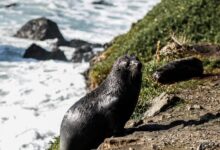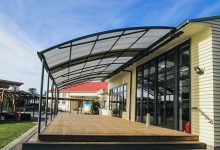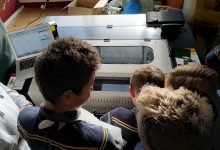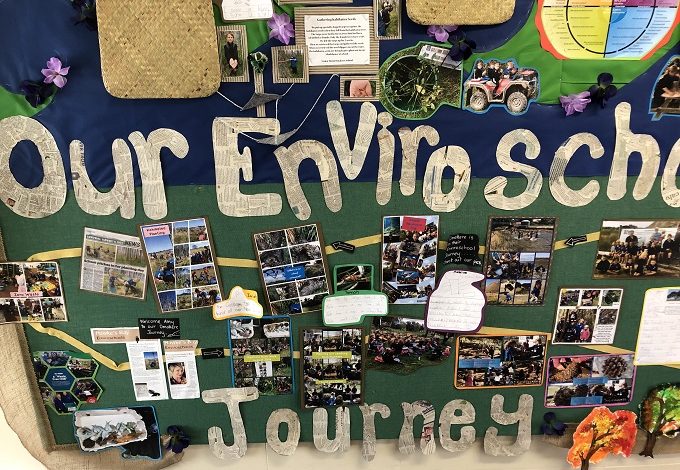
Omakere School, in Central Hawke’s Bay, provides a vibrant and healthy rural learning environment for its local children. Read the full story in our Term 1 magazine, via Issuu.
Enviroschools is a nationwide programme supported by Toimata Foundation, founding partner Te Mauri Tau, and a large network of regional partners. The Maori concept of kaupapa that underpins this programme is about creating a “healthy, peaceful, sustainable world through people teaching and learning together”.
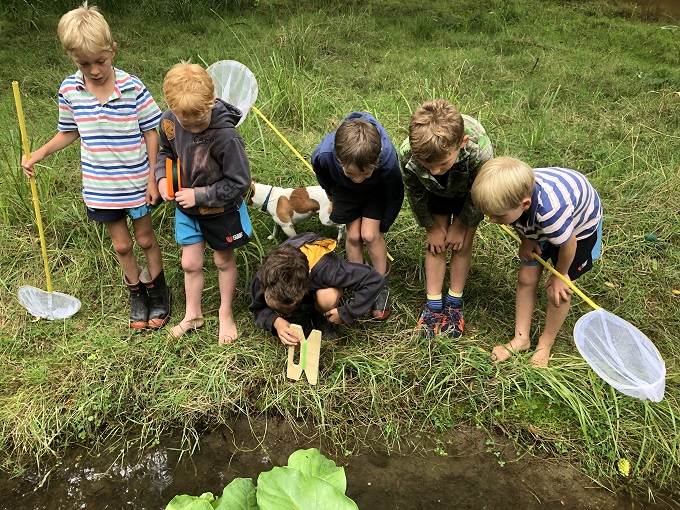
School News spoke to Omakere School principal Sue Taylor about her experience with the programme. She said: “As an Enviroschool, we committed to a long-term, meaningful, sustainability journey where our students connect with and explore their local environment, then plan, design and take action in collaboration with their community, aiming for real change.”
The location of each Enviroschool, its ecology, history, culture and community is unique to the school and therefore Omakere School’s one-of-a-kind journey was led by its own team of learners, teachers and community members. Involvement in local projects that fit purposefully with the school’s Enviroschools ethos is essential to the journey. This one began with a yearly project to plant seedlings at Shoal Bay, Aramoana Beach as a restoration project for the local area.
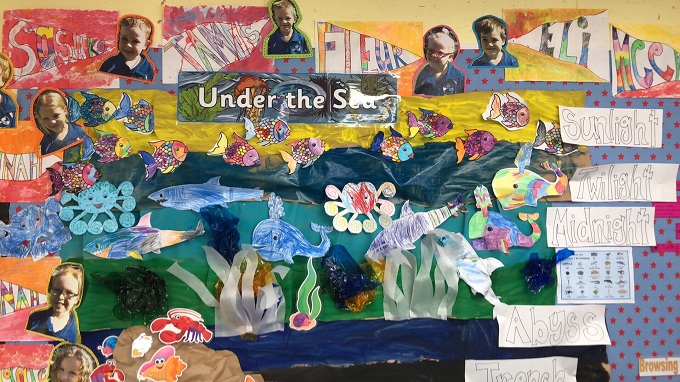
Sue explained: “We have two shade houses at our school and students gather native seeds from Shoal Bay (nearby beach) and, with the help of our caretaker Carol Burkin, plant and grow native seedlings.
“In early 2019, we were invited to become part of an environmental initiative. This is an exciting project to restore and rejuvenation the historic old stand of Kahikatea. We worked alongside Kay Griffiths and Craig Single from The Conservation Company, the owners of Amblethorne Station (across the road from school and where the Kahikatea stand is situated) and farm manager Callum Sutherland.”
She said: “The school year also centred around a whole-school inquiry about our environment so most of our class work including literacy and maths, activities, and artwork focused on caring for the environment.”
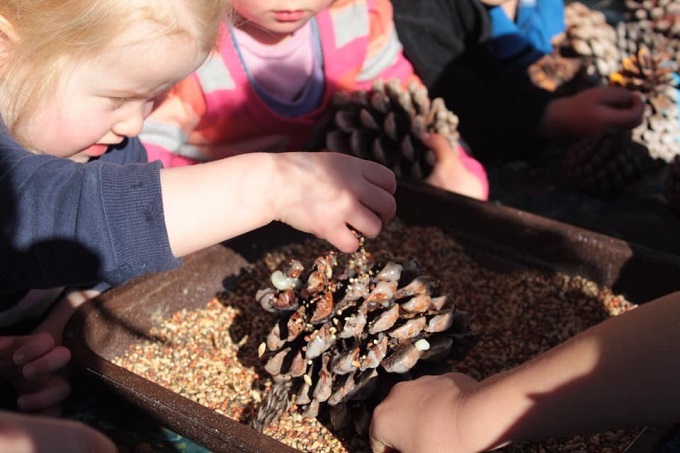
The Enviroschools values are naturally environmentally focussed, centring around teaching and learning that promotes student enquiry, decision-making, action, and reflecting on sustainable outcomes. Honouring Māori perspectives and the value of indigenous knowledge and wisdom, the school professes respect for diverse people and cultures, recognising the value of collaboration.
“Sustainable communities nurture people and nature to maintain the health and viability of the environment, society, culture and economy,” said Sue. “We are very proud to provide opportunities for our students to work collaboratively to develop tuakana-teina skills and relationships.
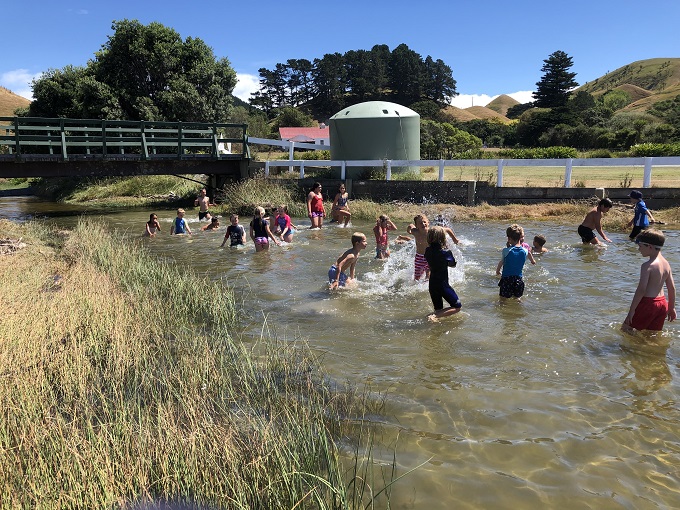
“To showcase this in Term 3 last year, we created a whole school mural that reflects our environmental manaakitanga work, the Kahikatea stand restoration project, the planting at Aramoana Beach initiative, and classroom learning about our environment and animals within.”
Sam Bell, Omakere School, Enviroschools teacher-in-charge discussed the process of becoming an Enviroschool in more depth:
What were the main challenges?
“Raising awareness that environmental issues are big ones and we as educators owe it to our students and their families to have the hard discussions and get them thinking about what kind of world they want to live in and how the choices they make now will affect their environment and the environments of their children in the future.
“It has been important to expose them to different environmental problems through inquiry learning and having those active discussions around how we can help to fix them.
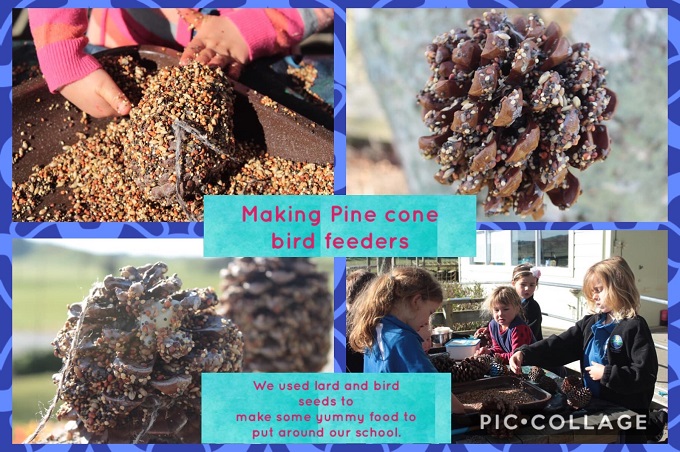
“To be honest, it has been an easy transition as we have been able to weave the Enviroschools learning and action into our everyday programmes through our inquiry learning and connections to our local community and environment. The students’ urge to learn more about living a sustainable life has been a great motivation to incorporate the environmental weave through our teaching. Educating the whole school and community around the importance of eating healthy foods and reducing lunchbox waste while, at the same time, introducing litter-free Wednesdays, then watching and realising that litter reduction in lunch boxes was occurring was fantastic.”
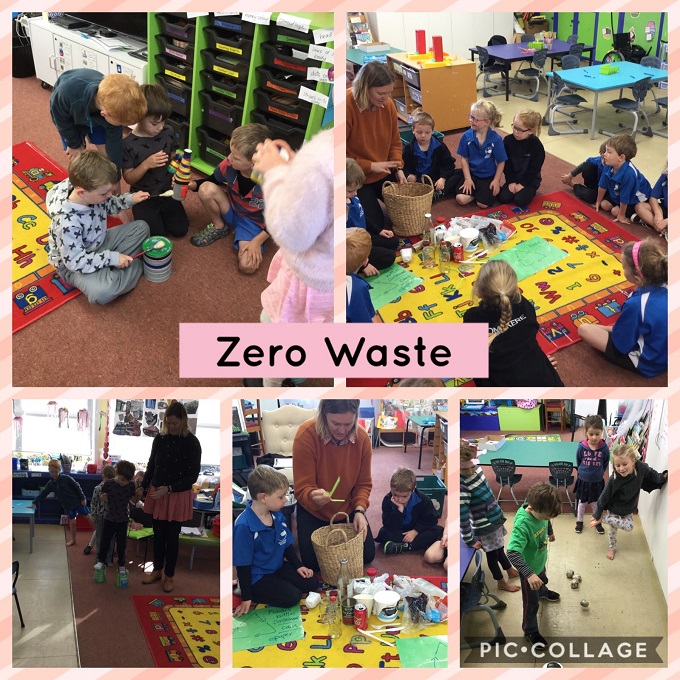
What has inspired you along this journey?
“Our amazing students, local environment, ocean, rivers, Kahikatea Stand, Ouepoto Reserve, Te Angiangi Marine Reserve, Shade house workshops, native bush walks, Raised vegetable beds. Our motivated Green Ninjas (Enviro team), Waste Free goals, Other enviroschools that we have visited have been great inspiration.
“The pleasure that comes to our students when learning in and from the environment truly motivates. We are so lucky to have these resources at our doorstep living in our Omakere community.”
What are your future environmental plans for Omakere School?
“We are currently looking forward to presenting our Enviroschools journey thus far in March and will hopefully receive our Bronze Award. We have already begun identifying potential projects around the school environment that we would like to develop further, such as our school orchard planted in a waste area that we would like to open up for the children to explore and help develop and maintain so we can enjoy healthy organic fruits.
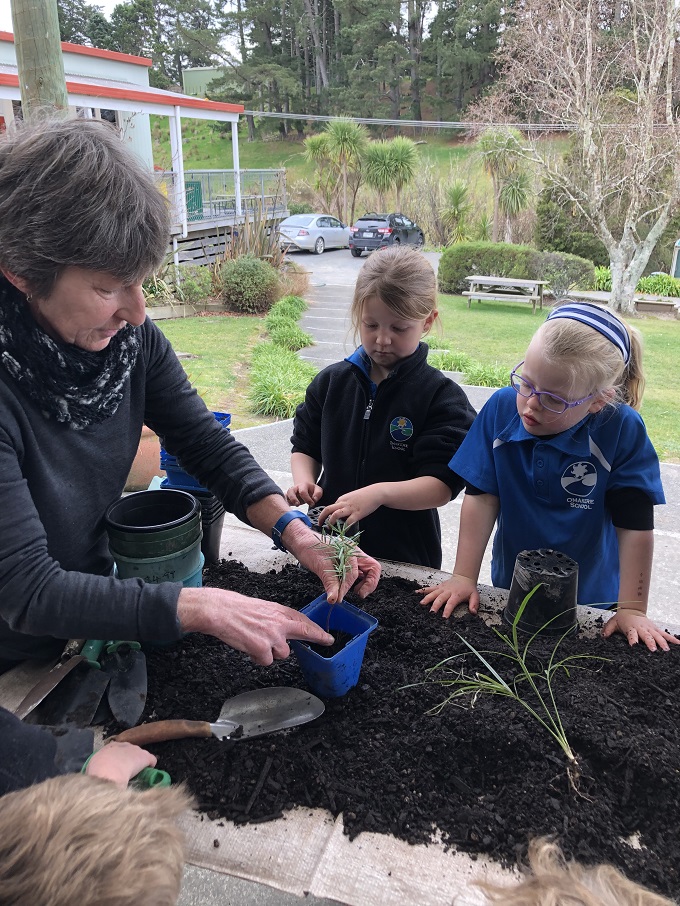
“We have a beautifully planted native area that we would like to put a limestone walkway through and identify and label the different natives in this area.”
What initiatives are you most proud of?
“We have a native planting restoration programme collecting seeds from native plants which include the Ouepoto flax bush that survived the floods and slips of 2011. Our students take care of the seeds collected by potting and nurturing the seedlings in our shade house at school until they are strong enough to be replanted back in the Ouepoto and Te Angiangi, and Shoal Bay, Reserves.
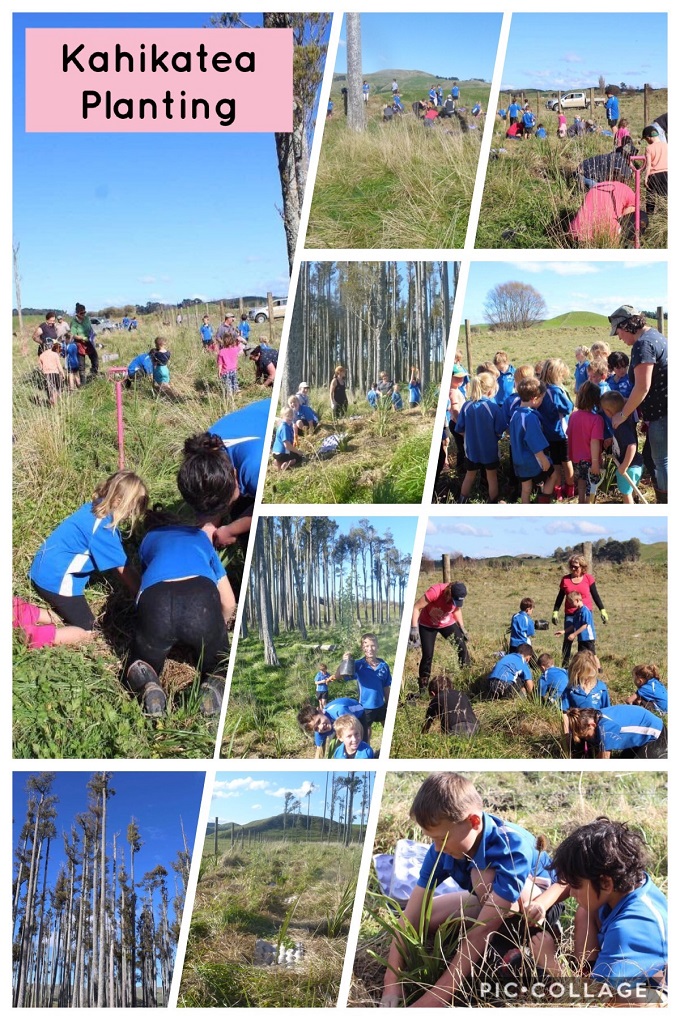
“The children develop ownership and take responsibility for the new plants and their survival. When it is time to replant, the kids are excited to be involved in this final process of giving back to the land as they have understood the journey involved and the importance of caring for our environment.”







